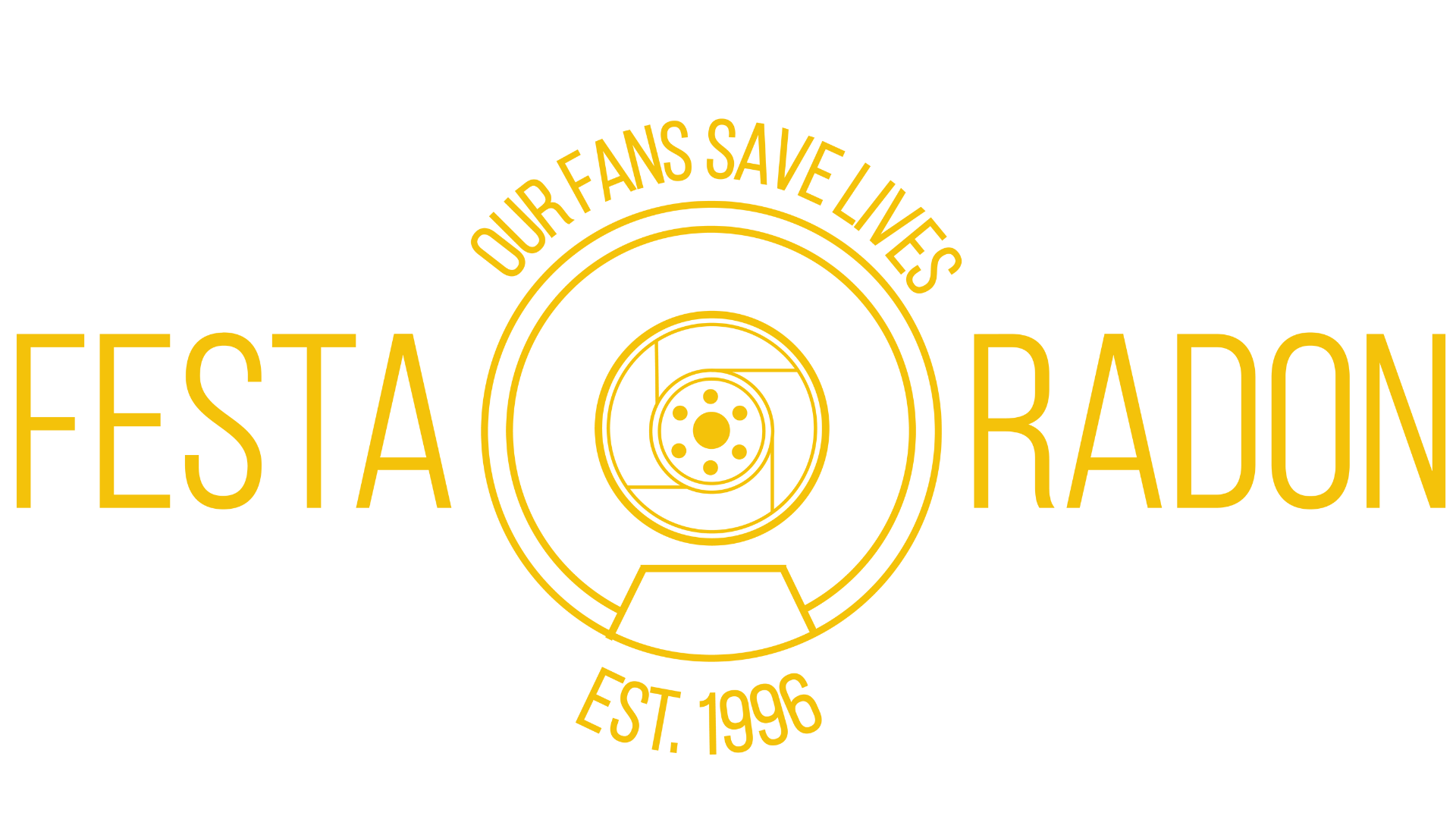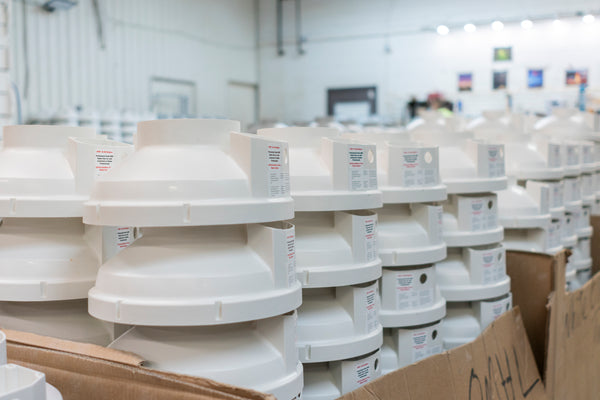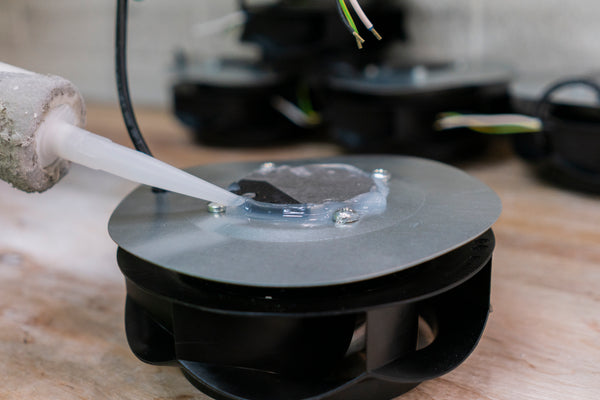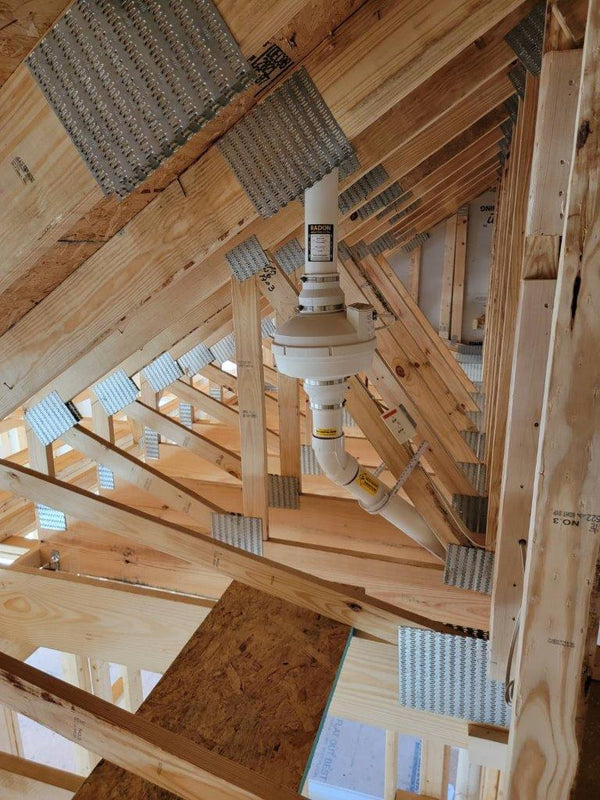
Why Radon Mitigation Should Be a Priority for Schools
When it comes to upholding the safety and well-being of students, school administrators face countless challenges. Yet, there’s one often-overlooked threat that quietly affects educational environments across the country: radon.
Invisible, odorless, and tasteless, radon is more than just another environmental issue. It’s a health hazard that impacts the air that students and staff breathe every day. This article explores why radon mitigation should be a priority for schools and how taking proactive steps can protect the health of our communities.
Understanding Radon in School Environments
Radon is a naturally occurring radioactive gas that is produced when uranium in soil breaks down. The gas can enter buildings through cracks in foundations, walls, gaps around pipes, floor drains, and more.
While residential homes have received a lot of attention as potential sources of radon exposure, school buildings carry a similar risk. These buildings often cover large surface areas, with many classrooms on ground levels or basements where radon levels tend to be higher.
Plus, students and staff spend extended periods in school, which creates a higher potential for prolonged exposure. Radon can accumulate undetected in classrooms, libraries, gyms, and other indoor spaces, creating a health risk. Given how essential school environments are for learning and development, it’s critical to understand the source of radon and how it enters these spaces.
The Unique Risks of Radon Exposure in Children
What makes radon a particularly troubling issue for schools is the higher susceptibility of children to its health effects. When kids are exposed to radon, their developing lungs are more vulnerable to damage compared to adults. Radon decay particles can be inhaled into the lungs and emit radiation, increasing the risk of lung cancer.
Considering that children spend nearly eight hours a day in school environments, their exposure can add up quickly. This issue is compounded by the fact that children breathe faster than adults, meaning they take in more air—and more radon—in the same amount of time. Protecting students from radon is not just about addressing immediate safety concerns but about ensuring long-term health and well-being.
The Community Health Impact of Radon in Schools
Although students’ exposure to radon often takes center stage, this issue extends beyond the students themselves. Teachers, administrators, and support staff who spend decades working within school buildings are also at risk.
Prolonged exposure to elevated radon levels can have compounding effects for adults who call these classrooms, offices, and hallways their workplace. For adults who smoke or are frequently around secondhand smoke, radon poses an even larger threat.
Additionally, schools often act as the heart of their communities, hosting events, activities, and public gatherings. Whether serving as a polling place, a venue for fundraisers, or a hub for extracurricular programs, public schools can potentially be used by people of all ages. This means radon hazards aren’t confined to the student body or staff; they can directly affect the broader community as well.
When schools fail to address radon, the consequences ripple outward. The danger doesn’t just linger in classrooms; it can impact any person who spends time inside a public building. This risk underscores why radon mitigation in educational facilities benefits the entire community.

Current State of Radon Testing and Mitigation in Schools
Despite the known dangers of radon exposure, too few schools actively test for it or implement mitigation systems. Radon testing is generally inexpensive and straightforward, yet there is no federal mandate that requires schools to perform these tests. While some states have adopted guidelines or regulations encouraging testing in schools, compliance varies widely.
One of the key barriers that schools face is a lack of resources. Tight budgets often push radon testing and mitigation to the bottom of the priority list. Without widespread awareness and financial support, many schools simply don’t see radon mitigation as an immediate need. However, grant funding and federal programs can offer a potential solution to financial limitations.
Many administrators may not realize that ignoring radon issues today could lead to increased public health issues tomorrow. Testing now and acting early can save lives and money.
Best Practices for Radon Mitigation in Schools
Every school building comes with its unique set of challenges when it comes to radon mitigation. The architecture, location, and hours of usage all play a role in determining the right solution. However, getting started doesn’t have to be complicated or expensive.
The first step for schools is testing. Short- and long-term radon tests are widely available and can provide schools with the results needed to identify problem areas. Once elevated radon levels are confirmed, mitigation efforts can begin.
For buildings with basements or heavily used ground floors, professionals often recommend installing a sub-slab depressurization system. This ventilation method prevents radon from being pulled into the building from the surrounding soil. Instead, the system uses piping, secured by mounting brackets for PVC pipe, and a radon fan to direct radon through the roof to disperse outside.
For multistory schools, improved HVAC systems can reduce radon concentrations by increasing ventilation in affected areas. Sealing cracks in foundations also helps lessen potential entry points.
Successful mitigation isn’t a one-time job. Schools should continuously monitor radon levels and maintain installed systems to ensure they remain effective over time. Proactive measures like these safeguard today’s students as well as future generations.

The Role of School Administrators and Parents
Radon mitigation in schools isn’t a solo endeavor. It requires collaboration between school administrators, parents, and state governments. Administrators must prioritize radon testing and mitigation as essential components of maintaining safe school environments.
Parents also play a pivotal role. By asking schools about radon testing policies and advocating for increased attention to the issue, parents can push for changes that might not otherwise happen. Being informed and vocal about the dangers of radon sends a clear message to decision-makers that this is an issue worth addressing.
Community organizations and local environmental health professionals can also help schools meet their radon mitigation goals. Pooling resources, seeking grants, and working together to raise awareness of radon risks can lead to impactful, lasting change.
Healthy Schools Are Thriving Schools
Understanding why radon mitigation should be a priority for schools comes down to a simple truth: schools need to be safe places for children to learn, grow, and thrive. From protecting students’ health to safeguarding entire communities, radon testing and mitigation offer undeniable benefits that far outweigh the costs.
While challenges exist, refusing to act allows a preventable threat to persist in spaces that children and educators depend on. By raising awareness, engaging in collective action, and pushing for safer policies, administrators and parents can make a difference. Radon mitigation isn’t just about creating a healthier school; it’s about fostering a future where students, staff, and communities can breathe easier.
